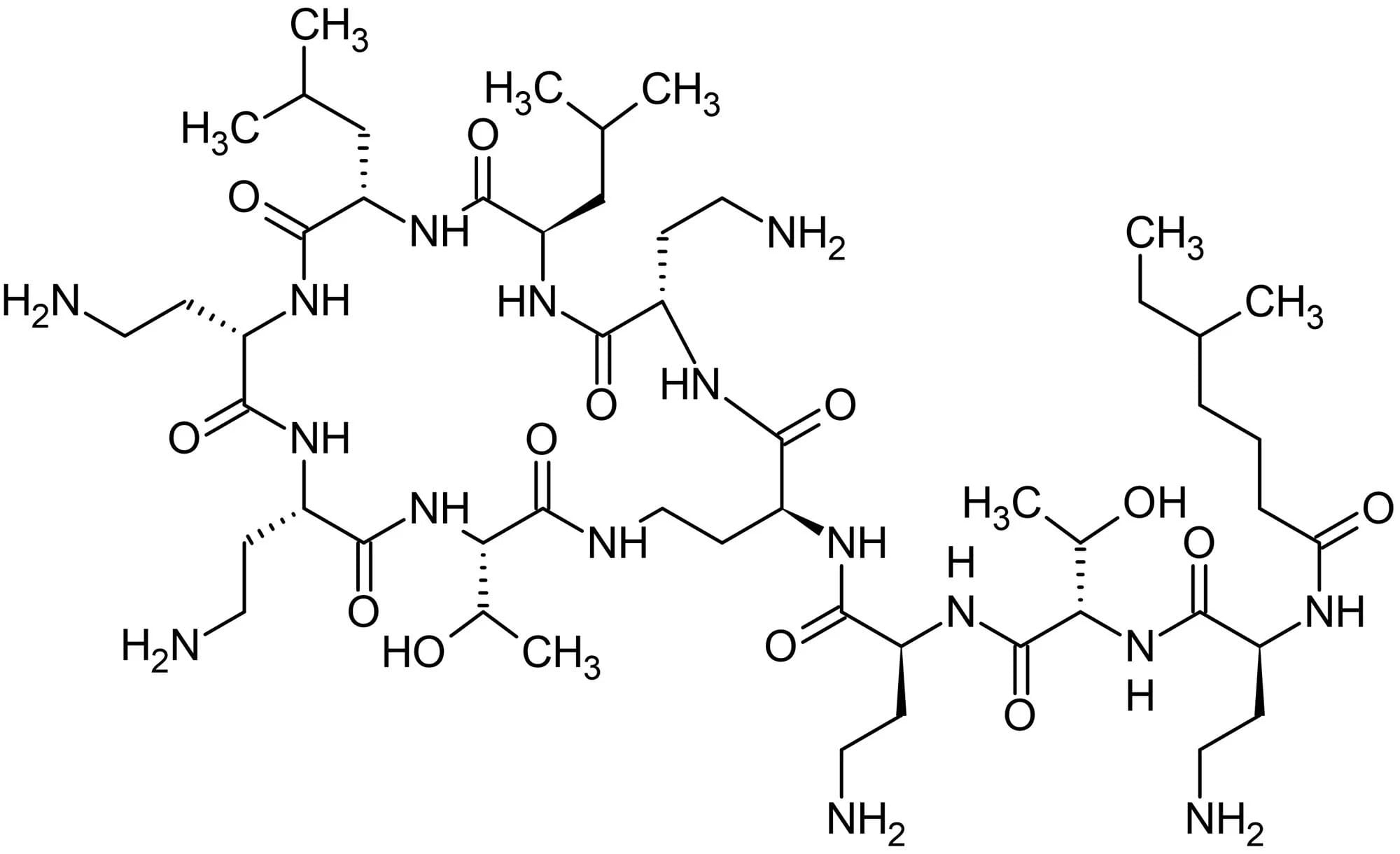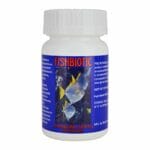This comprehensive guide explores the science and application of Colistin Nalidixic Acid (CNA) agar, a crucial tool in microbiology for isolating Gram-positive bacteria. We delve into its composition, mechanism of action, applications, and the ongoing research that continues to refine our understanding of this selective medium. If you are looking for more information on medical terms, you might find resources on CUSIS medical term.
Understanding CNA Agar: Composition and Function
CNA agar acts as a selective medium, fostering the growth of Gram-positive bacteria while suppressing Gram-negative organisms. This selectivity is achieved through the synergistic action of two key antibiotics: colistin and nalidixic acid. Colistin disrupts the cell membranes of Gram-negative bacteria, while nalidixic acid inhibits their DNA replication. This dual-action approach creates an environment where Gram-positive bacteria can flourish, making CNA agar an invaluable tool in various microbiological applications. The base of CNA agar is typically Columbia agar, a nutrient-rich formula often supplemented with 5% sheep blood to further enhance the growth of fastidious Gram-positive organisms. Variations in agar composition may exist between manufacturers.
The Synergistic Power of Colistin and Nalidixic Acid
Colistin, a polypeptide antibiotic belonging to the polymyxin group, targets the outer membrane of Gram-negative bacteria, compromising its integrity and ultimately leading to cell death. Nalidixic acid, a first-generation quinolone, inhibits DNA gyrase, an enzyme essential for DNA replication in susceptible Gram-negative bacteria. The combined action of these two antibiotics is synergistic, meaning their combined effect is greater than the sum of their individual effects. This synergistic relationship effectively suppresses the growth of a broad spectrum of Gram-negative bacteria, including Proteus, Klebsiella, and Pseudomonas species. Research, such as that conducted by Ellner et al., suggests an optimal concentration of 10 mg colistin and 15 mg nalidixic acid per liter of Columbia agar base for effective selective pressure.
Applications of CNA Agar: From Diagnostics to Research
CNA agar plays a vital role in both clinical diagnostics and research settings. In clinical microbiology laboratories, it’s used to isolate and identify Gram-positive pathogens from patient samples, such as blood, urine, or wound swabs. This selective isolation is crucial for accurate diagnosis and targeted treatment of bacterial infections. In research, CNA agar provides a controlled environment for studying Gram-positive bacteria, including Staphylococci, Streptococci, and Enterococci. This allows researchers to investigate their growth characteristics, antibiotic susceptibility profiles, and other important properties.
Identifying Gram-Positive Pathogens
CNA agar’s ability to suppress Gram-negative bacteria makes it particularly useful for identifying Gram-positive cocci like Staphylococcus aureus (often implicated in skin infections) and Streptococcus pneumoniae (a common cause of pneumonia). By inhibiting the growth of competing Gram-negative flora, CNA agar allows for the clear isolation and identification of these clinically significant Gram-positive pathogens.
Antibiotic Susceptibility Testing
CNA agar can also be used in antibiotic susceptibility testing. By observing the growth of isolated Gram-positive bacteria on CNA agar supplemented with different antibiotics, researchers and clinicians can determine the effectiveness of various antimicrobial agents. This information is crucial for guiding treatment decisions and optimizing therapeutic outcomes.
Advantages and Limitations of CNA Agar
Like any laboratory tool, CNA agar has its advantages and limitations.
Advantages
- Effective Suppression of Gram-negative Bacteria: Facilitates the isolation and identification of Gram-positive organisms.
- Versatile Applications: Useful in both clinical diagnostics and research settings.
- Relatively Easy to Prepare and Use: A standard protocol can be readily implemented in most microbiology labs.
Limitations
- Potential for Resistance: Some Gram-negative bacteria may develop resistance to colistin and/or nalidixic acid.
- Variability in Performance: Results can vary slightly depending on the manufacturer of the agar and specific test conditions.
- Not Universally Selective: Some Gram-positive bacteria, such as Enterococcus faecium, may exhibit reduced susceptibility to the selective agents and still grow on the agar.
Future Directions and Ongoing Research
While CNA agar remains a valuable tool, ongoing research is essential to address its limitations and explore new possibilities. Scientists are actively investigating mechanisms of resistance development in Gram-negative bacteria and exploring alternative selective agents to overcome this challenge. Research is also focused on optimizing the composition and performance of CNA agar, including investigating the impact of different blood supplements and incubation conditions. Further exploration of colistin and nalidixic acid’s potential applications, such as in combination therapies or for targeting specific bacterial infections, is also underway. Additionally, comparative studies with other selective media, like Mannitol Salt Agar, Enterococcosel Agar, and Todd-Hewitt Agar, are crucial for understanding the relative advantages and disadvantages of each approach.
Conclusion
CNA agar stands as a cornerstone in microbiological techniques, offering a powerful method for the selective isolation and study of Gram-positive bacteria. Its effectiveness, combined with relative ease of use, makes it an indispensable tool in both clinical and research laboratories. While limitations exist, ongoing research promises to further refine our understanding of this important medium and expand its applications in the fight against bacterial infections.
- Crypto Quotes’ Red Flags: Avoid Costly Mistakes - June 30, 2025
- Unlock Inspirational Crypto Quotes: Future Predictions - June 30, 2025
- Famous Bitcoin Quotes: A Deep Dive into Crypto’s History - June 30, 2025
















